Over the last dozen years, my husband Max, various dogs, and I have driven from Cambridge, MA to California four times. Last year in California, we felt as if we’d been dropped into a dystopian movie, Climate Change Ground Zero.

During our two months in Berkeley, we were battered by multiple “atmospheric rivers,” record-setting downpours that flooded stone-dry creeks, and 60-mph wind gusts that knocked out our power and internet for days-long stretches. When it stopped raining, we drove north to Sonoma for the sun. There, we talked with wine-makers whose vines had been wiped out by fires.
Next we headed west to Sea Ranch, on the Sonoma coast, where intense storms had felled old-growth redwoods and decimated state parks, which remained closed. We drove south to L.A. to visit friends, stopping for two nights in Big Sur, where portions of the breath-taking coastal highway were closed. Mudslides.
From Observations to Action: My Path to Sustainable Eating
Our California experience shook me to my core. I knew climate change was real. But experiencing it first-hand, so intensely, (Rain! Floods! Wind! Fire!), finally jolted me to action. As any former marketing professor-turned investigative journalist-turned NGO founder-turned food blogger would do, I started by investigating how our food impacts the environment.
Because I loved animals, I’d stopped eating meat decades earlier. Fast forward to COVID lockdown, when my husband Max surprised me and took the next step; he’d decided to eliminate dairy from his diet. By now, I was a pro at vegetarian cooking, and simply viewed Max’s new dietary restrictions as a culinary challenge. Good for you! I told him. I agreed to cook without dairy (I’m the chef, he’s the cleaner-upper), but I did not intend to give up cheese on my pizza or cream in my morning coffee. Within a year, I’d given up both. Surprisingly, I didn’t miss cheese nearly as much as I thought I would (pizza-making got even more fun, coming up with creative toppings), and reading a beautiful essay in Best American Food Writing sealed the deal.
I’m proud to report: Eliminating all animal products from my diet has made cooking and eating even more fun, varied, exciting, and delicious than ever. At the beginning it was tough, because I had to learn new tricks (i.e., how to make a creamy sauce without cream), but more on that later.
I’m embarrassed to report: How long it took me to connect the dots between food and the environment. Not once during the decades I was vegetarian did I answer “climate change,” when asked why I didn’t eat beef. I should have.
Last winter’s Climate Change Ground Zero trip forced the question: How does what we eat affect the climate? Once back home, I started to dig for answers.
What I learned shocked me, and I guarantee will shock you too.
That’s where my new Greener Plate Challenge comes in. I’ve created an engaging, low-lift, 14-day challenge that will open your eyes to how our food choices affect climate change. I did the investigative work, so that you don’t have to. Collectively, small changes can make a big difference. My goal is for you to figure out which small changes will work for you.
Take the Challenge: 14 Days to a Healthier Planet + You
You’ll pick up useful tips on how to cook, order out, and eat more sustainably, whether you are:
- an omnivore, pescatarian, vegetarian, vegan, flexitarian, reducetarian, or anything in between,
- a working parent who has 20-minutes to throw together dinner after an exhausting day at work,
- a home chef who takes pride in creating show-stopping meals that take an hour or more to prepare,
- someone who relies heavily on Uber Eats, or the offerings of a school cafeteria.
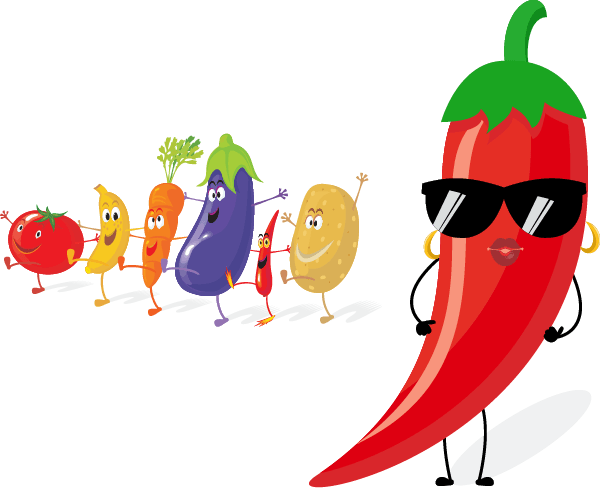

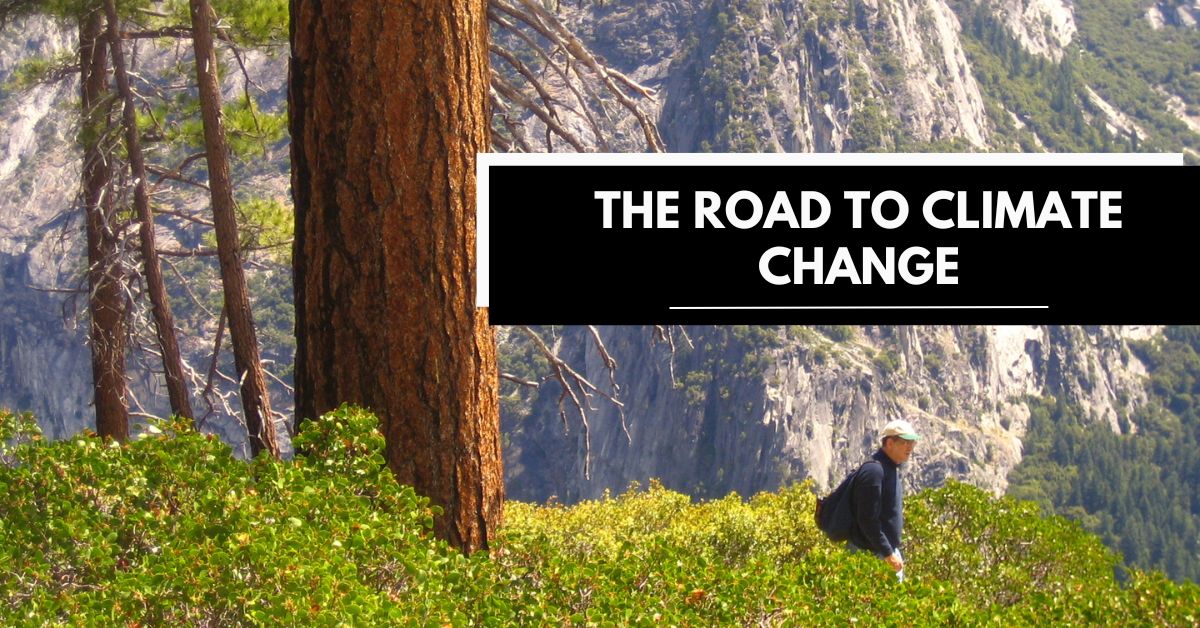

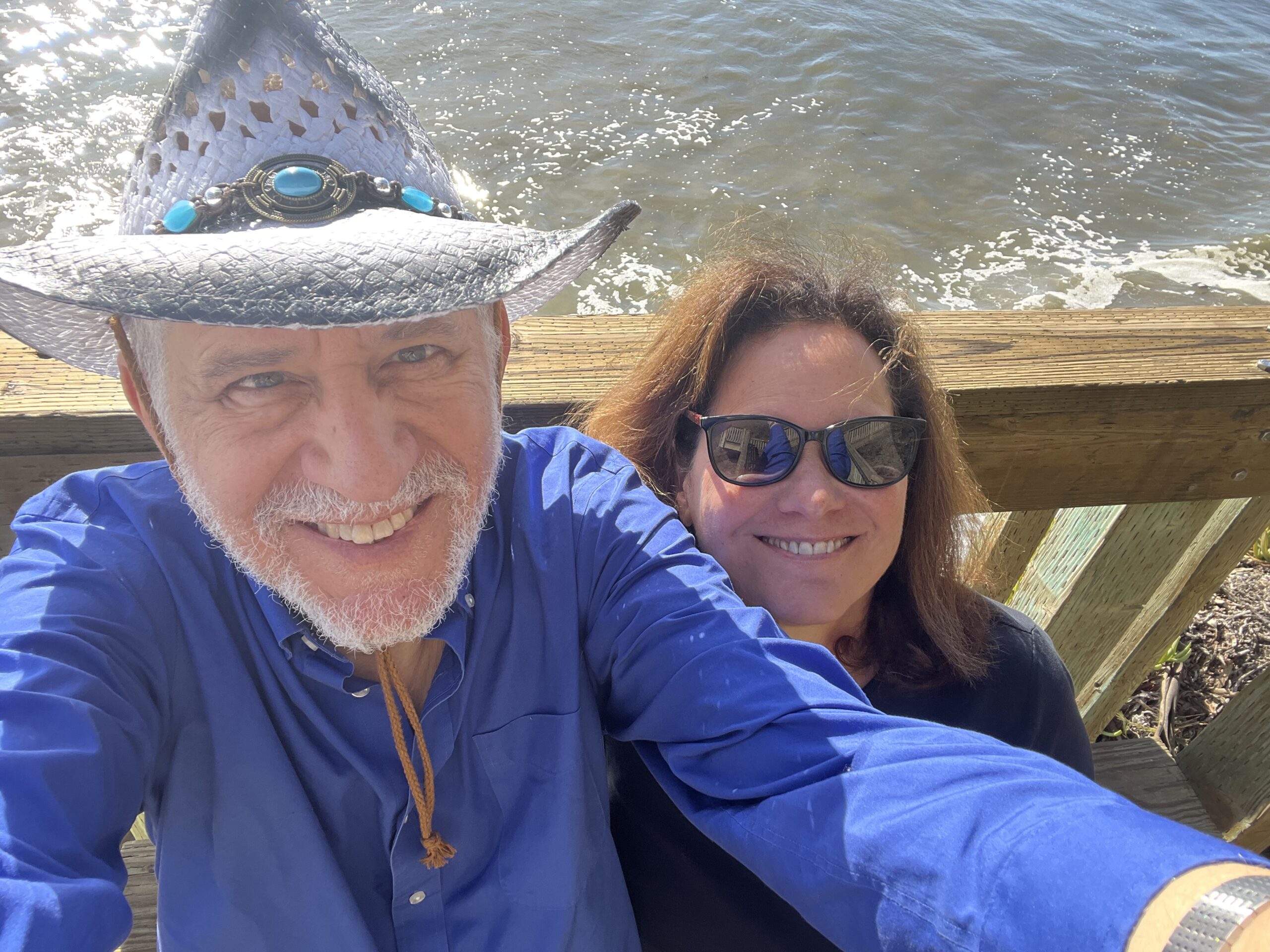



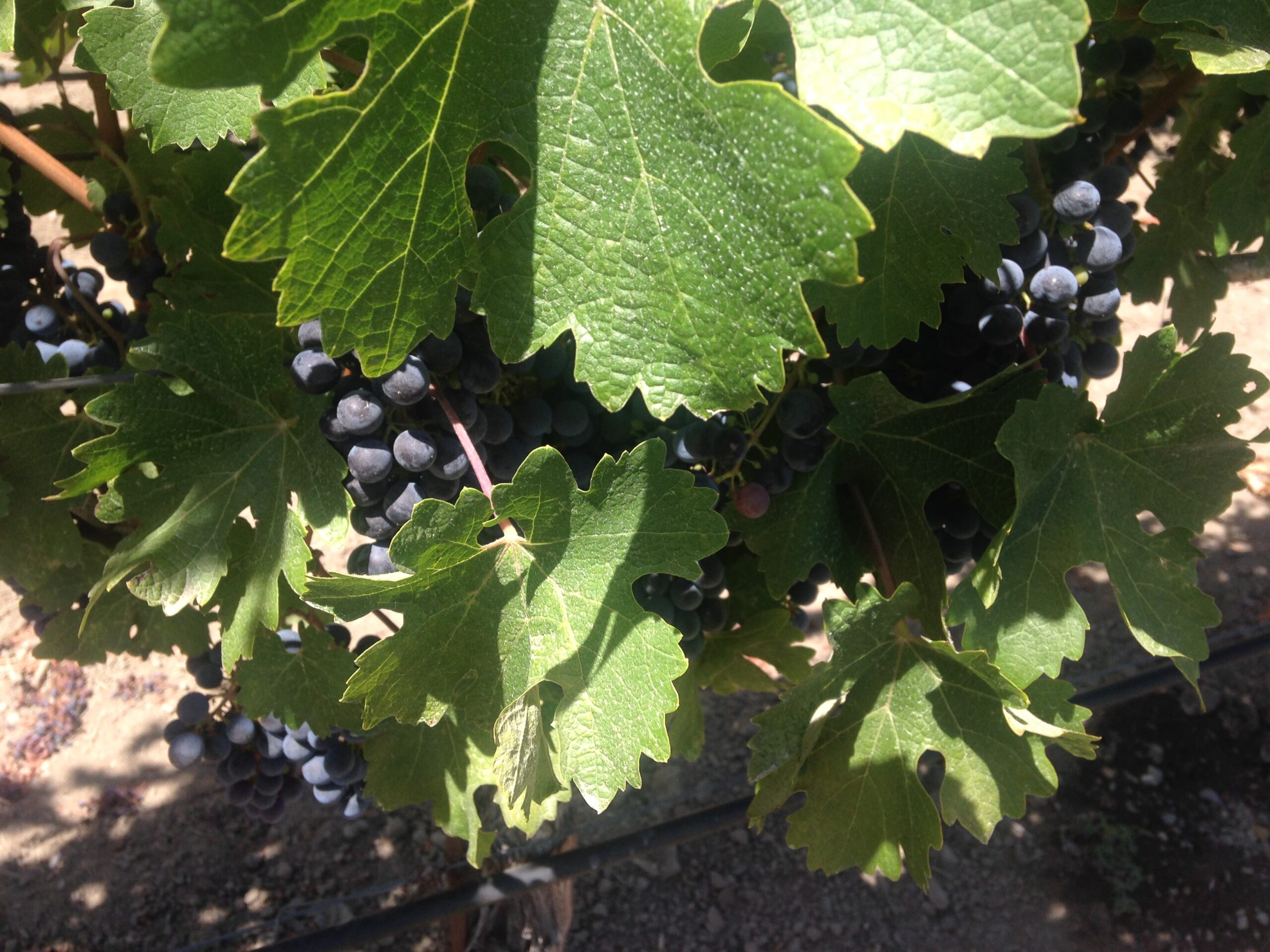

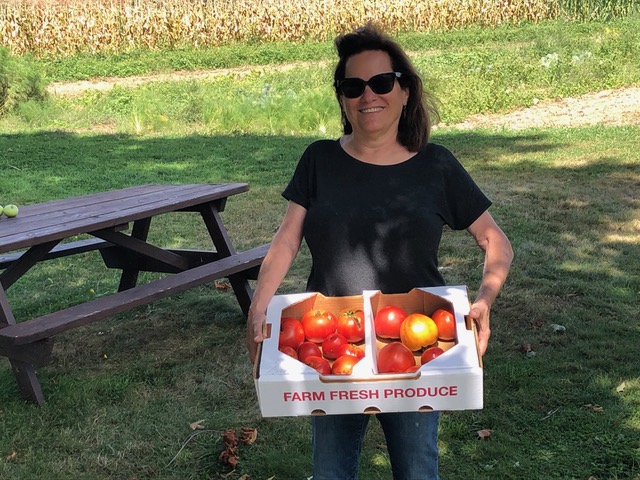
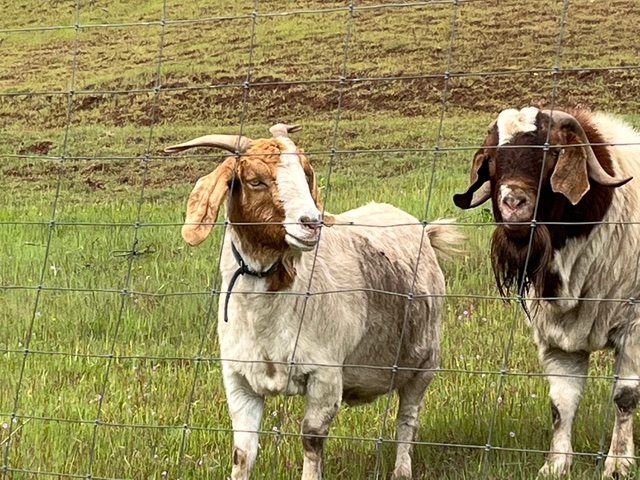
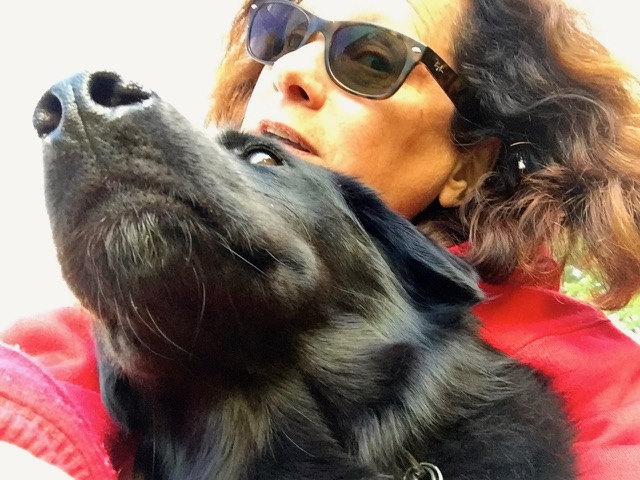
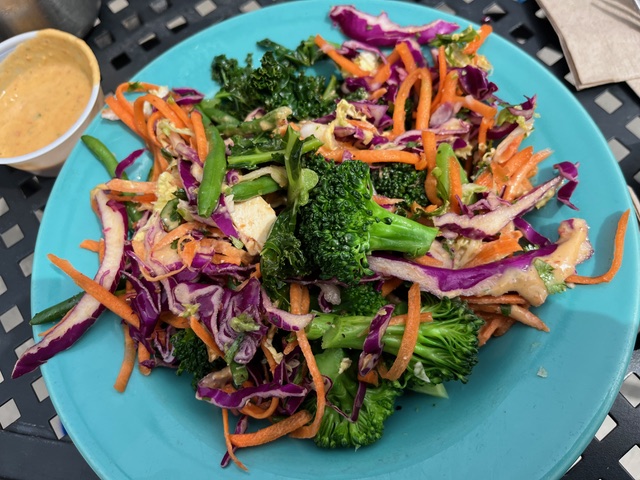


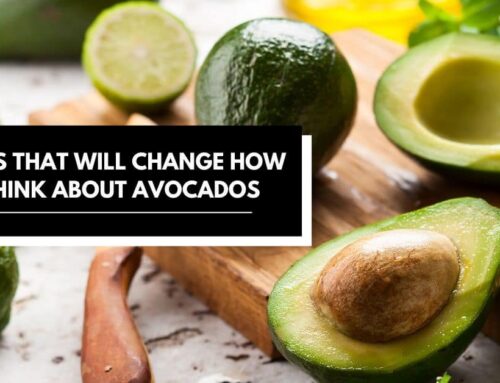

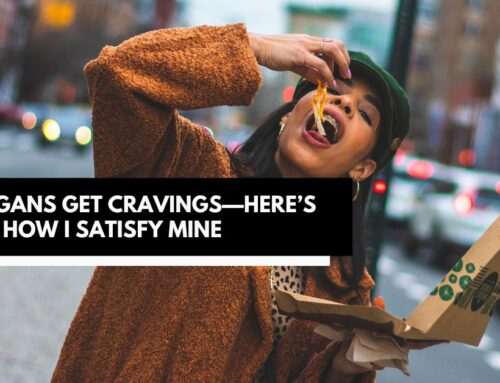
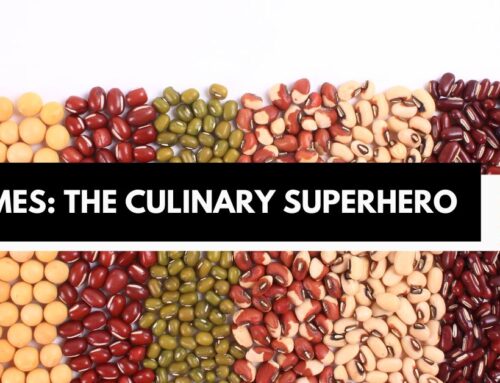
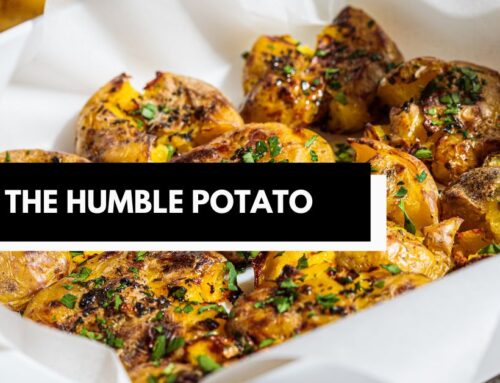
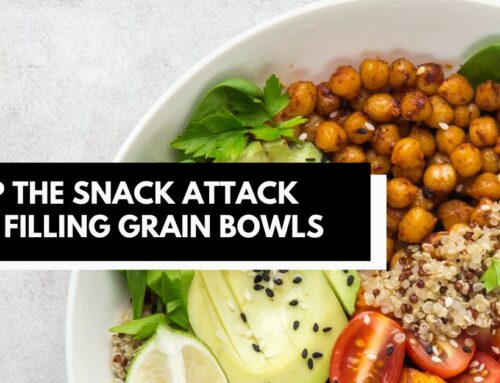
Incredible essay! Thank you, Marla. I, too, feel embarrassment about what I DIDN’T KNOW, yet so glad to be learning through your passion and frontline investigation. I need no convincing eating/living this way. From the individual health factor side of things, I am a true convert. Everything in the body, mind and spirit moves, flows, feels better. AND because of your work, I’m now understanding and knowing the health factor side of things for the planet. Arresting negative climate change can effectively begin on our plates. Good stuff! Also, I’ll add that there’s no giving up anything (sacrifice experienced) eating this way. Creative, delicious, more variety than ever.
Thank you!